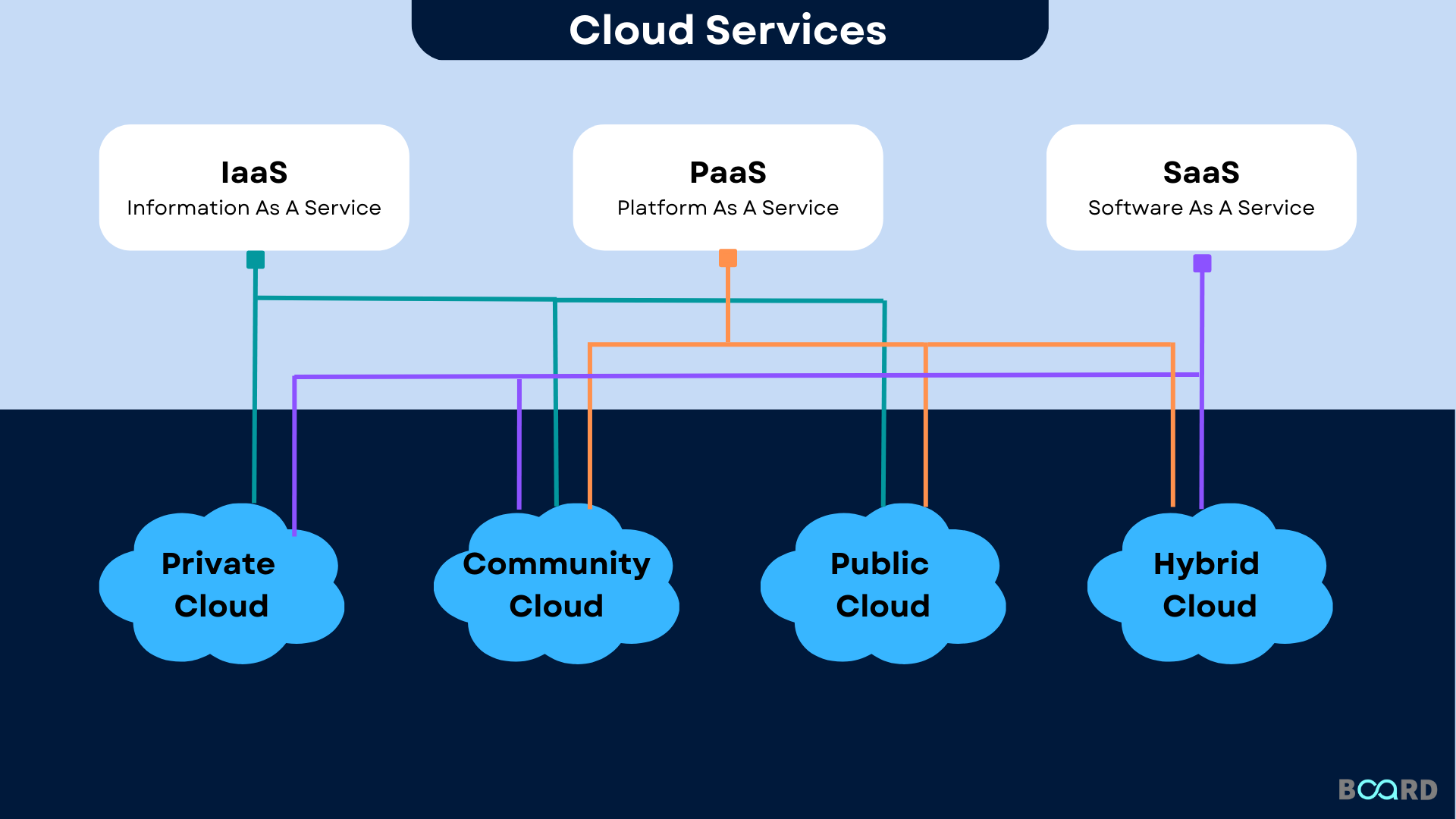LinkDaddy Cloud Services Mastery: Advanced Methods for Effective Cloud Services Press Release
LinkDaddy Cloud Services Mastery: Advanced Methods for Effective Cloud Services Press Release
Blog Article
Simplify Your Framework With Cloud Services
As organizations navigate the ever-evolving landscape of modern technology and data monitoring, the function of cloud services in streamlining infrastructure has actually become increasingly famous. How can services successfully browse this shift and truly unlock the capacity of cloud services for simplifying their facilities?
Benefits of Cloud Services
Cloud solutions supply a structured method to managing IT framework, giving organizations with cost-efficiency, adaptability, and scalability. One of the essential advantages of cloud services is the scalability they provide.
Furthermore, cloud services get rid of the need for organizations to invest in costly software and hardware. This cost-efficiency is a significant benefit, particularly for tiny to medium-sized enterprises seeking to minimize in advance expenses. By utilizing cloud solutions, businesses can access high-quality IT sources without the substantial cost related to conventional framework setups.
Additionally, cloud services give businesses with the flexibility to access their data and applications from anywhere with a net link. This level of availability improves collaboration amongst teams, allows remote job, and enhances general performance. The flexibility offered by cloud services equips businesses to adjust promptly to altering market conditions and customer demands.
Cost Cost Savings and Scalability
In enhancement to the functional benefits highlighted earlier, the integration of cloud solutions into a company's framework generates substantial expense financial savings and boosted scalability. Cloud services provide a pay-as-you-go model, permitting companies to range resources up or down based upon current demands, thereby preventing the costs related to maintaining excess ability. This versatility makes it possible for firms to adjust quickly to rising and fall needs without sustaining unneeded costs.
Furthermore, cloud services get rid of the requirement for ahead of time financial investments in equipment and software program, lowering capital investment. Operating costs are additionally reduced as companies no much longer need to take care of and keep physical servers, causing lower power intake and IT staffing expenses. In addition, cloud solutions provide automated updates and maintenance, making sure that the infrastructure remains updated and secure without calling for manual interventions.
Boosted Safety Actions
When incorporating cloud services into a company's framework to guarantee and guard sensitive information compliance with sector guidelines,Executing rigorous safety steps is vital. Cloud provider provide boosted safety and security features such as data security, firewall software protection, and multi-factor verification to minimize cybersecurity risks. File encryption helps safeguard information both at rest and in transit, making sure that just accredited customers can access sensitive details. Firewalls function as an obstacle in between internal networks and exterior risks, monitoring and controlling incoming and outbound network traffic. Multi-factor authentication includes an extra layer of security by needing customers to give numerous types of verification before accessing the cloud services.
Furthermore, routine safety audits and conformity analyses aid make sure and determine susceptabilities adherence to market standards. Business can also profit from attributes like automated safety and security updates and real-time threat tracking given by cloud service carriers. By prioritizing security procedures and staying aggressive in attending to possible dangers, businesses can confidently take advantage of cloud services while shielding their valuable data from unapproved accessibility or violations.
Transitioning to Cloud Infrastructure
To effectively integrate cloud solutions into a firm's framework, a structured strategy that attends to the shift in the direction of cloud-based options is necessary. Transitioning to shadow facilities includes cautious preparation and execution to my company ensure a smooth migration process - linkdaddy cloud services.
Once the assessment is complete, a movement strategy should be established. This approach must outline the timeline, sources, and responsibilities for relocating each part to the cloud. It is important to connect this strategy clearly to all stakeholders to ensure alignment and decrease disruptions during the change.
During the movement process, testing and surveillance are important to determine and address any problems immediately. Regular checkpoints need to be developed to track progression and make required modifications. In addition, training for staff members on making use of cloud solutions ought to be offered to make sure an effective transition and make best use of the benefits of the new framework.
Best Practices for Cloud Adoption
Successful fostering of why not try here cloud services depends upon the tactical placement of business objectives with technological capacities and organizational preparedness. To guarantee a smooth change to the cloud, companies must start by performing a comprehensive evaluation of their present infrastructure and determining which workloads are best suited for cloud migration. It is critical to involve essential stakeholders from various departments in the decision-making process to obtain buy-in and attend to any worries beforehand.
An additional finest method for cloud fostering is to prioritize security and compliance. Organizations needs to thoroughly review the safety procedures used by cloud service providers and ensure that their information is shielded according to sector standards and governing needs. Implementing durable data security, access controls, and regular safety and security audits can assist alleviate threats related to cloud adoption.

Final Thought

As businesses navigate the ever-evolving landscape of modern technology and data monitoring, the duty of cloud services in streamlining framework learn this here now has become progressively prominent - universal cloud Service. How can services properly navigate this shift and genuinely unlock the potential of cloud solutions for streamlining their framework?
Cloud solutions offer a streamlined strategy to handling IT framework, giving companies with scalability, versatility, and cost-efficiency. By making use of cloud services, services can access high-quality IT resources without the significant rate tag connected with standard framework configurations.
To make certain a smooth transition to the cloud, organizations should begin by performing a detailed analysis of their existing framework and recognizing which work are best suited for cloud movement.
Report this page